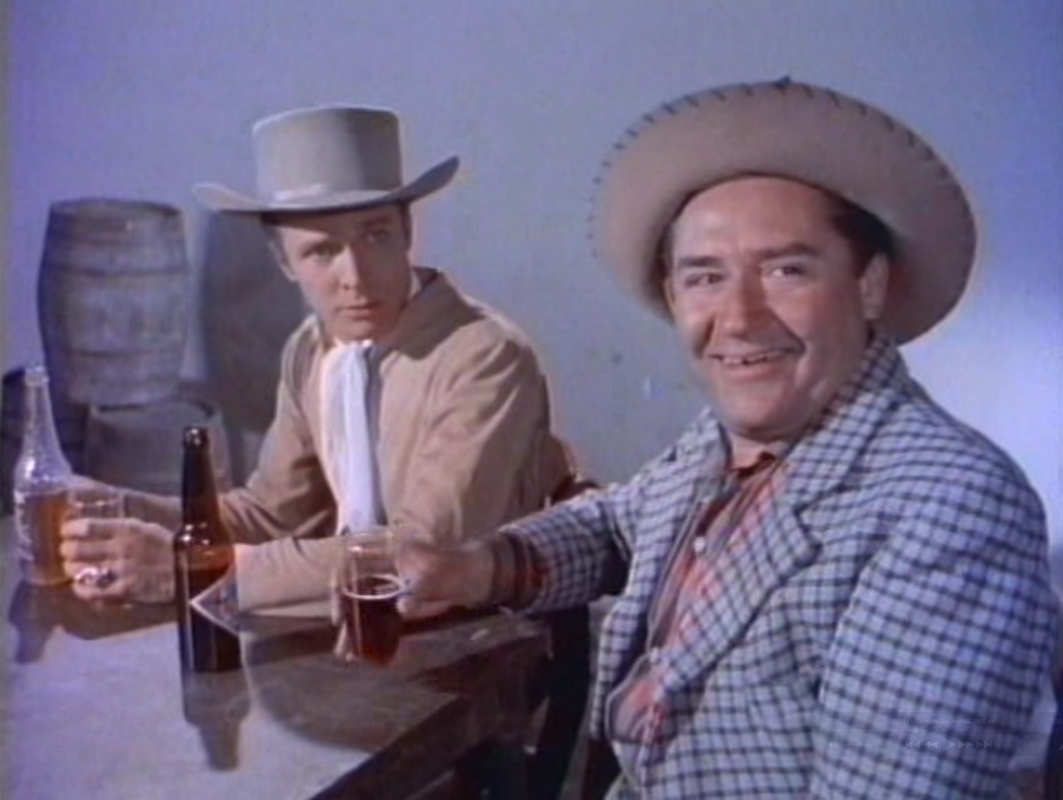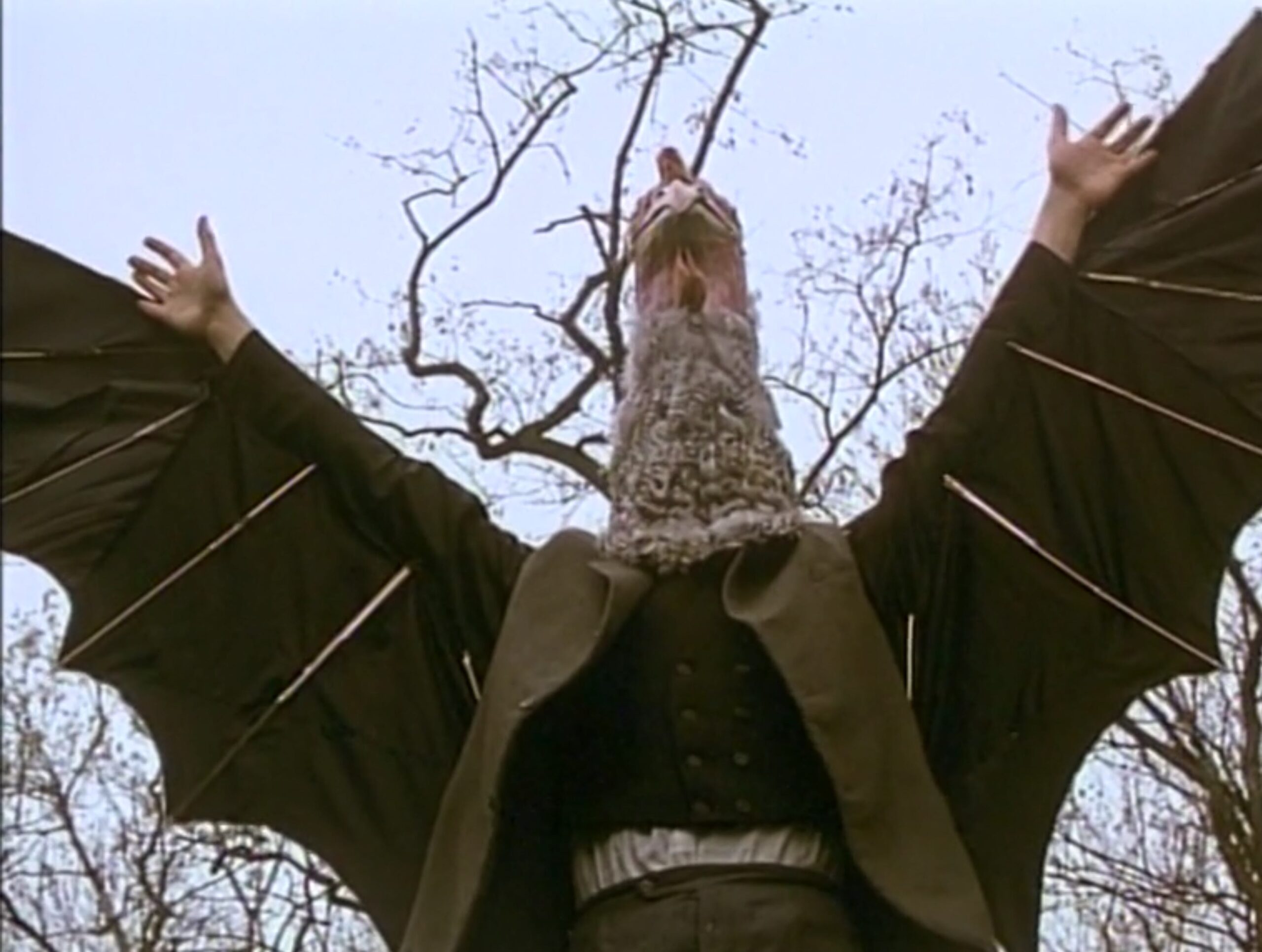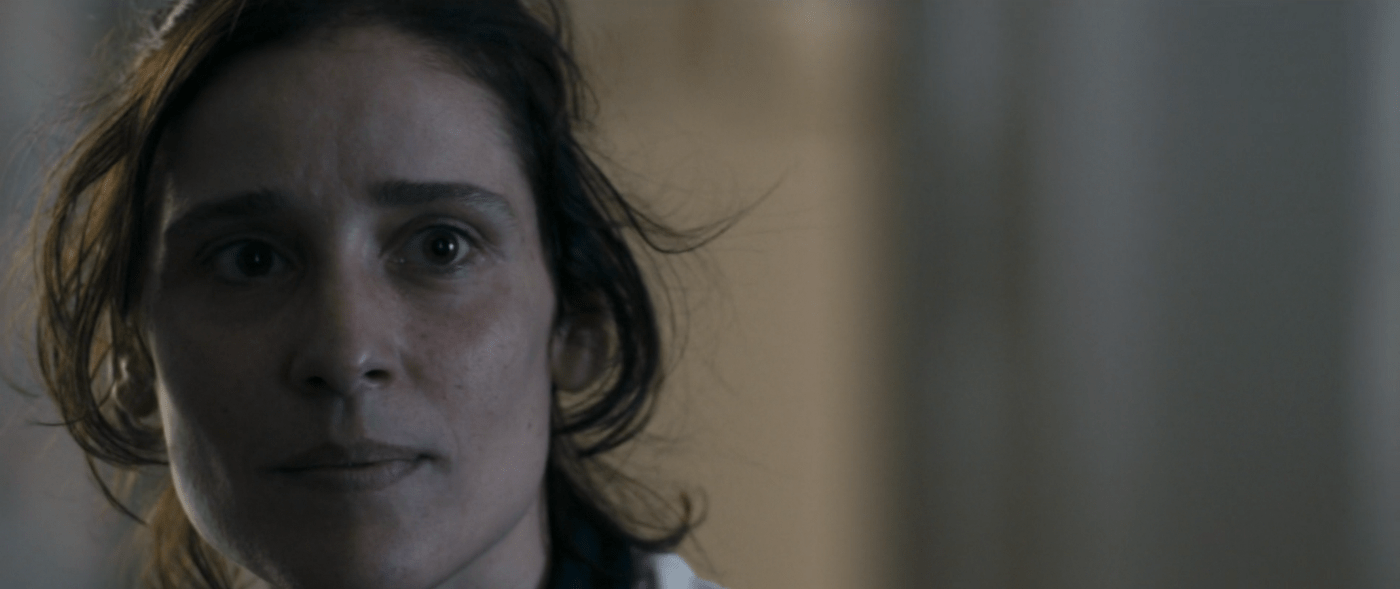
On the face of it, Edgar Allen Poe’s 1885 story The Black Cat does not appear to have any connection to LGBTQA+ issues. What is known about Poe himself does not seem to connect him to the community in any obvious way and yet The Black Cat has become a vehicle for expressing the struggles and passions of same-sex love in several different films.
This begins in 1934 when Universal Studios starts producing a very successful string of horror films. Universal’s brand of horror was always romantic and tragic. The “monsters” were often more human than the characters who feared and hated them. Frankenstein and The Wolfman ask for our sympathy. Dracula is evil but he is damned, a victim of an ancient curse. They all belong to the 19th century, the romantic era, when society feared the animal nature of the uncivilized man.
The success of Universal’s movie version of Frankenstein and Dracula in 1931 paved the way for The Black Cat which was directed by Edgar G. Ulmer in 1934. There is no monster or supernatural force in The Black Cat only tortured minds filled with guilt, regret, anger, and vengeance.
As a film, The Black Cat is primarily made of atmosphere and tension. It often goes over the top into overwrought melodrama, especially with Bela Lugosi and Boris Karloff on the screen. The acting is almost like Japanese noh with its exaggerated poses and faces. In addition, the soundtrack is a non-stop collage of classical music’s most dramatic pieces. The Black Cat is where we first see the now infamous trope of Bach’s Toccata and fugue in D minor played by a morose and lonely villain. Much of the film’s machinations and anxiety are underscored by variations on the Allegretto in Beethovens 7th symphony. There’s Chopin too and Schubert and Brahms. It was one of the first movies to have a continuous musical soundtrack.
The sets themselves exude drama. Dr. Meirschultz, Boris Karloff’s character, is an architect. The movie takes place in the house he built. It is sleek and modern in an art nouveau style but more spacious and empty like a Bauhaus design. Beneath the house is a bunker with enormous cement walls and giant steel doors as thick as a bank vault’s. The style and cold drama of the house above hides the austere prison below where all the pain and regret of the past stays firmly rooted. At times the bunker begins to look like something from The Cabinet of Dr. Caligary with its weird angles and forced perspective. Modernism above and Expressionism below.

The plot of the film is somewhat different from Poe’s original, but the plot is not really the prominent feature of the film. The basic elements are two men in conflict, a buried secret, and a touch of chaos represented by the black cat.

The same year that The Black Cat came out another film based on the same story was also released. It was called Maniac and was directed by Dwain Esper. Like Ulmer, Esper strays from the original story. He actually drowns it in a sea of plot twists, but the same elements remain. In Ulmer’s Black Cat we have two aristocratic men, one an architect/scientist played by Boris Karloff, and the other a doctor named Dr. Vitus Werdegast played by Bela Lugosi. In Maniac we also have two men, but one murders the other and steals his identity, so really we only have one protagonist doctor Dr. Meirschultz. In both films, the cat is the embodiment of all that is hidden. Hidden emotions, hidden crimes, hidden plans.

In 1934 homosexuality was not only a crime, it was seen as a mental illness. All these hidden thoughts and feelings that create the atmosphere of The Black Cat, could be seen as a metaphor for the proverbial closet that so many in the gay community struggle with. Hidden feelings and unfulfilled expressions of identity fuel an ever-growing inner conflict. Couple this conflict with the disapproval of society and it is easy to see how a man marked as deviant for feelings he can not control can internalize that disapproval and think of himself as a monster. This only fuels the need to seal and protect the closet. A cycle of self-hatred, shame, and secrecy becomes a constant source of self-recrimination. Whether sealed in a dungeon basement or hidden behind a brick wall, as it was in Maniac, these men suffer a telltale heart anxiety.
In The Black Cat, Poe writes something that might be seen as addressing these feelings,
“And then came, as if to my final and irrevocable overthrow, the spirit of PERVERSENESS. Of this spirit, philosophy takes no account. Yet I am not more sure that my soul lives, than I am that perverseness is one of the primitive impulses of the human heart — one of the indivisible primary faculties, or sentiments, which give direction to the character of Man. Who has not, a hundred times, found himself committing a vile or a silly action, for no other reason than because he knows he should not? Have we not a perpetual inclination, in the teeth of our best judgment, to violate that which is Law, merely because we understand it to be such? This spirit of perverseness, I say, came to my final overthrow. “

This same anxiety is present in Bill Condon’s 1998 film Gods and Monsters. The movie is inspired by the life of Jonathan Whale who directed the original Frankenstein and Bride of Frankenstein for Universal.
Ian McKellen plays the aging Whale living out his twilight years in the suburbs. Whale is depicted as a vain, self-centered, lecher. Brendan Fraser plays his big handsome gardener. Like The Black Cat, Gods and Monsters is driven more by tension than plot. The two men switch off inhabiting the role of the monster in a complex psychodrama.

They play out roles as father and son, predator and victim, master and protégé, artist and model, and creator and monster. Often the roles are switched and then switched back again. Each reversal further blurs the boundaries between the two men causing them to lose sight of who they are.
Both Gods and Monsters and The Black Cat use World War One as a buried trauma that burns underneath everything. The War is an indigestible, intolerable example of man’s ability to become monstrous, and it plagues the characters.
All the films discussed so far, Poe’s, Ulmer’s, Esper’s, and Condon’s, draw out the psychological tension so that it permeates the entire narrative. Klaus Händl’s 2016 film Tomcat, also based on Poe’s story, has a different strategy. Tomcat spends the first half of the film lulling us into a sweet, dreamy state of happiness without a single cloud on the horizon.
We follow an idyllic life of a contented, upper-middle-class, gay couple until it is shattered by a split second of horror. Stephan, one of the two men in the relationship is petting their pet cat when suddenly, inexplicably he snaps its neck, killing it instantly. It is hard to convey how shocking an unanticipated the act is. As soon as it is over Stefan, returns to normal. It is not a case where we were able to see some malice or fear building. We are given no way to understand what has happened. It’s like a lighting bolt of violence that is gone before you’ve even had a chance to realize what has happened.

The second half of the film concerns the fallout from this single action. In Tomcat the men’s sexuality is less of an issue than in the previous films. What happens to the cat is not the result of having to hide who they are or their feeling ashamed of their sexuality. To the contrary, they seem very well adjusted and happy. What we are left with is something that points beyond sex to something deeper and more primal. Something to do with the nature of what we are.
Tomcat distills the issue down to its core dynamic. Unlike the previous three films, there are no other factors. There is no war or hidden trauma. There are no significant secondary characters. There is nothing to help you understand what has happened. In some ways, it is an improvement on Poe’s original in that it is even more confrontational and certainly more shocking. Poe was a romantic and even sentimental. He wrote gothic tales full of drama and outsized emotionality. Händl is more severe and direct. He puts his audience on the spot and asks “How do you explain this?”

Although Lucio Fulci’s 1981 version of The Black Cat is advertised as being based on Poe’s story the only thing the book and Fulci’s film have in common is the presence of a black cat. Fulci turns the whole thing into a lurid Giallo with blood and boobs and violins. No homoeroticism here, not much of anything here. There is one enjoyable moment when someone throws a rock at the cat and the translated subtitles at the bottom read “troubled meow” but overall it’s hardly worth watching and certainly does not address any of the themes discussed here to fore. I suppose slapping Edgar Allen Poe’s name on something probably makes it sell better.

In 1966 Harold Hoffman made a low-budget black and white version of The Black Cat. It was most likely intended for the grindhouse circuit. It had a few rock ’n’ roll numbers, a car chase, and a scene with some marijuana smoking, but most of all it has a really gruesome murder scene which is what the grindhouse audience was looking for. The acting is poor and so is the dialogue but the lighting and cinematography are well done. It’s not a great film but of all the productions it is the most faithful to the original.
The ragged nature of the production actually works in its favor. The rough and awkward feel of the film helps stoke the tension. There are unstable handheld shots and sometimes elements drop out of focus or fall into silhouette. When it works it all reads like cinema verite.
In the climactic scene, the protagonist attacks his wife with an ax. The actual attack is very skillfully filmed. With careful angles and well-timed editing, it feels like you actually see the ax cleave her skull and produce torrents of spurting blood.
The scene is mostly included for prurient reasons but it echoes similar scenes of graphic violence in Ulmer’s Black Cat and in Esper’s Maniac. The visceral violence is a necessary element. In Ulmer’s Black Cat, Bela Lugosi flays Boris Karloff’s skin inch by inch. We only see a silhouetted shadow but that, coupled with the sound of Karloff’s screams, is plenty enough to make you squirm. In Maniac we witness the eye being torn from the cat as well as the murders in the basement.

The violence is seen in contrast to the mental torment we have witnessed throughout the entire film. The violence is the boundary that tips the psychological into the physical. Once the physical act is committed the ability of the protagonist to call themselves, normal, sane, or stable is gone.
It is not a coincidence that the cat has its eye torn out. It is the eye that Sartre describes as sitting in judgment of us. It is only when other people see us that we have to admit to who we are. A man can kill someone and still convince himself he is not a murderer, but if he is seen by someone else he must confront the reality of what that other person sees. Tearing out the cat’s eye is lashing out against being seen. This is perhaps part of the reason the story lends itself to a description of the pain and shame felt by so many in the LGBTQA+ community.

Unfortunately, In the 1966 version, Hoffman has Lou, the protagonist, committed to a mental hospital. Branding Lou as mentally ill undermines the heart of the story. The Black Cat is about the struggle and torment of a conflicted mind, not a diseased one. There are critics who examine Hamlet to look for a diagnosis of his mental condition, but they are traveling outside the bounds of the play. If the play is about a mentally ill prince then all of his thoughts and actions can be dismissed as crazy. The point is to see aspects of Hamlet in ourselves.
The same is true if we examine the Poe-inspired films through a homosexual lens. The characters’ sexual preferences are not the central theme. If you look at the story as a cautionary tale about the suffering of people with socially unacceptable feelings the whole point is lost. Of all the versions it is Händl’s Tomcat that not only focuses most clearly on the core issue but thrusts the viewer into the confusion and dismay that the protagonist must face. It is the fact that we do not know ourselves and as a result, we have limited control over ourselves. That is the crux of these stories.
At the end of Ulmer’s 1934 Black Cat, He has the standard-issue, married, heterosexual couple escape the horror of the Vitor and Dr. Meirschultz’s struggle. In the last scene, we see the happy couple on a train. The man is reading a review from the newspaper and we realize that he has taken all that they witnessed transpire between Vitor and Dr. Meirschultz and turned it into a novel. The review concludes, “We could wish that Mr.Alison would confine himself to the possible instead of letting his melodramatic imagination run away with him.”
There is more than one way to interpret this last line of the film. If it is directed at the author character who is reading the paper, then it is a joke about how truth is stranger than fiction, but it could also be a foreshadowing of the author’s similarity to the two men he wrote about. Perhaps his melodramatic tendencies will lead him to a similar end. In addition, the review could be directed at Ulmer himself in which case it indicts him for these same tendencies. These tendencies which could be interpreted as being gay.
Poe could not have anticipated so many disparate interpretations of his book. There are still more films based on The Black Cat that I did not mention. The fact that several of them became a vehicle for depicting the struggle of repressed homosexuality could simply be the result of one film influencing the next, but the conflict between our rational life and our emotional life is so basic to human existence it doesn’t matter what specific issue provokes the struggle, it is the struggle itself that is compelling.

If you enjoyed this article click here for more
www.filmofileshideout.com/archives/the-role-of-conflict-in-tomcat




Every time I see your posts, I know everything will be right with the world. I spent a bit of time on your blog and it is truly a thing of joy. That said, I've watched that three times and the queer lens of it, never occurred to me.